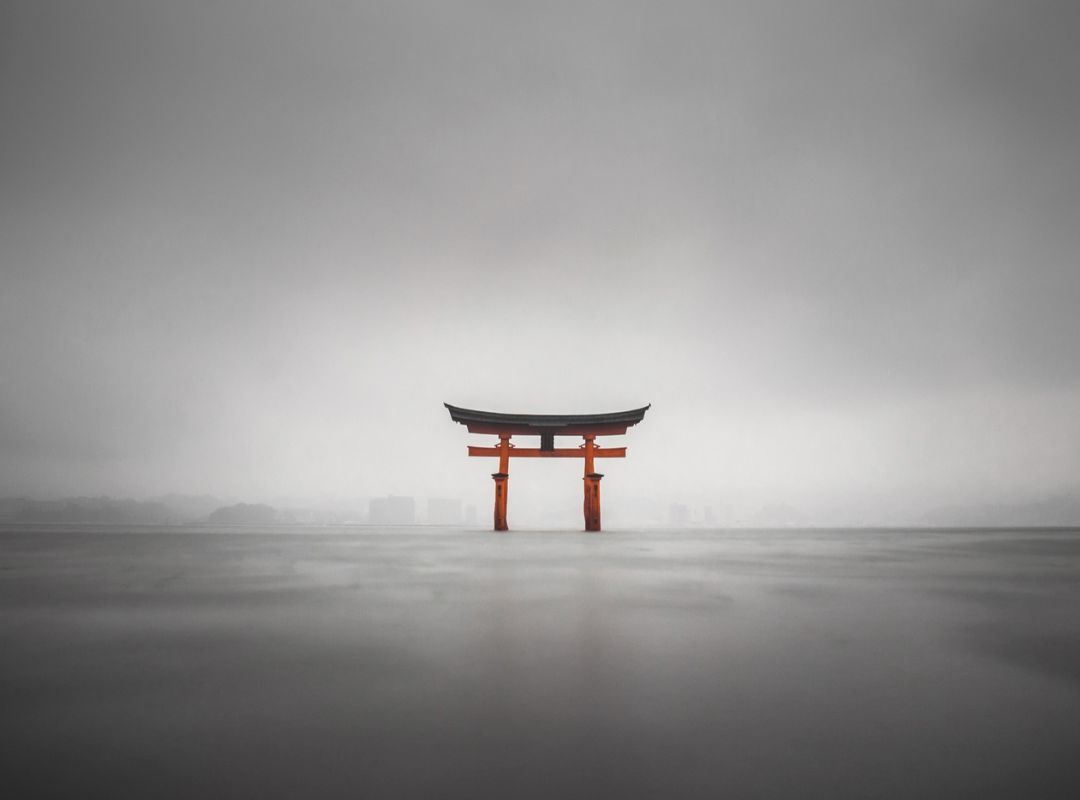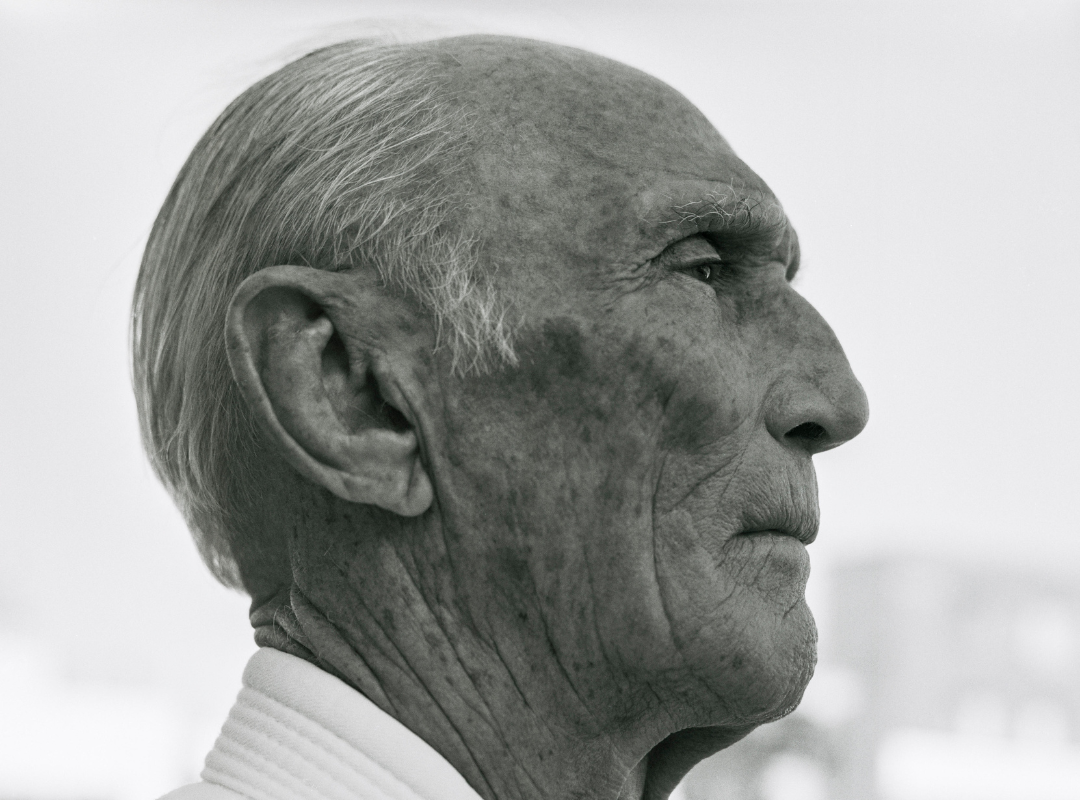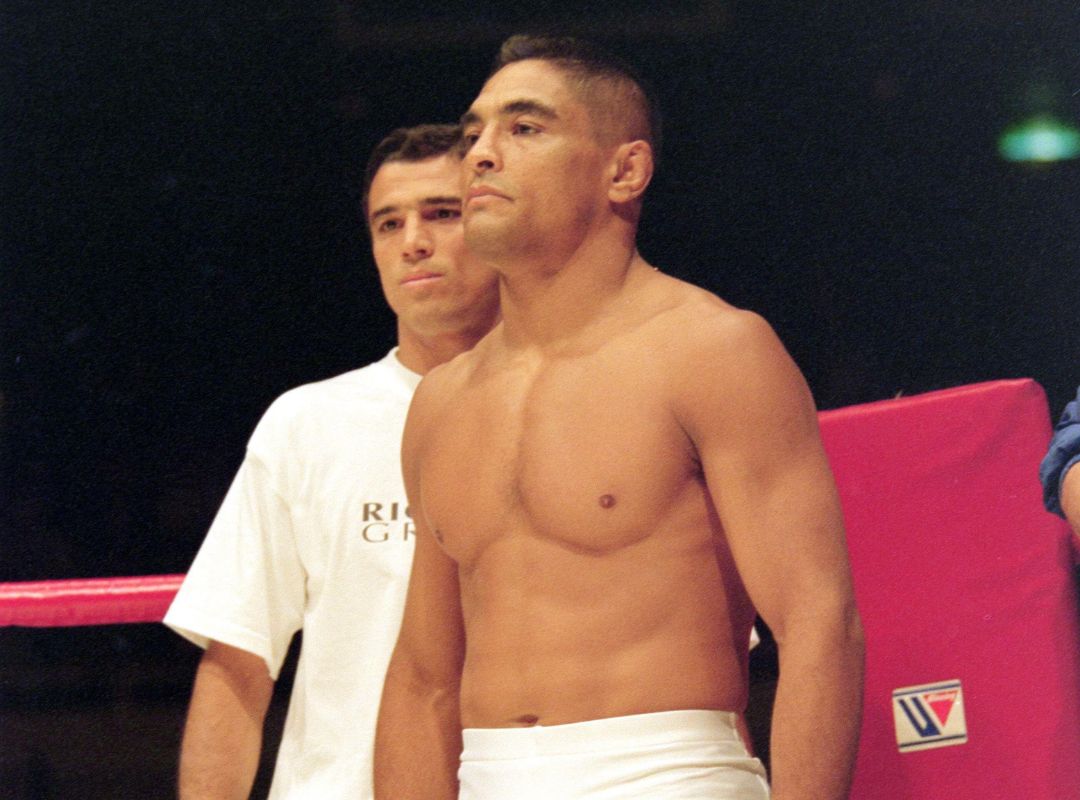
The Kōdōkan is one of the most famous institutions in the world of martial arts and self-defense. It was essentially shaped by the Kōdōkan school of Far Eastern Japan, from where it still exerts great influence on martial arts today. But what is behind this famous institution?
First steps
The spiritual father of the Kōdōkan-Jūdō may undoubtedly be called Kanō Jigorō. Born in the Japanese village of Mikage on December 10, 1860, the eleven-year-old Kanō moved to Tōkyō after the death of his mother in 1871. Unfortunately, 17-year-old Kanō faced frequent harassment from youths of his own age, who saw an easy target in Kanō because of his weak physical condition. So that same year, he decided to learn Tenjin Shinyo Jiu Jitsu for self-defense. He quickly mastered the basic techniques, but due to lack of demand, Kanō was forced to transfer to a better renowned school two years later.
Through perfection to mastery
Under his new master, Fukuda Hachinosuke, Kanō was able to improve significantly. After Hachinosuke’s death, Kanō continued to train under Iso Masatomo. The latter placed much more emphasis on katas, and his Dōjō was renowned for the perfection of these movements. A perfection that Kanō was also to internalize during his training period, which lasted from 1879 to 1881, to such an extent that his master himself entrusted him with teaching groups of 20 to 30 students.
The Birth of the Jūdō
Masatomo’s illness in 1881 prompted the young Kanō to change his master again. Under the guidance of Sensei Ikubo Kuwakichi, Kanō now succeeded in refining his techniques even further.
Already at this station, the idea of his own system for self-defense began to grow in Kanō’s head. He already conceived first Nage-Waza (throwing techniques), which were also the specialty of his master. Furthermore, Kanō studied various jiu-jitsu styles, which inspired him to develop his own style. This was to be especially tailored to the needs of a younger audience. To this end, he combined the characteristics of various jiu-jitsu styles that he found useful with his own previously conceived ideas. He also summarized this combination in his constitution in 1884 as follows: “By uniting all the advantages I have taken from various schools of jiu jitsu and adding my own techniques, I have found a new system of physical training, mental training, and competition. This system I call Kōdōkan-Jūdō.”
He succeeded in transforming the hitherto prevailing maxim of overcoming opponent’s strength through one’s own flexibility into the new concept of efficient application of physical and mental energy.
In the same breath, Kanō not only wanted to develop strength and technical skills of his students, but at the same time he still had the claim on himself to sharpen their minds and instill ethical values in them. He attached great importance to moral principles, such as the mutual consideration of the trainees for each other.
The fact that the system he developed pursued ethical principles in addition to mere technical aspects was also reflected in the name he chose. Kanō replaced the syllable Jitsu (technique) from the term Jiu Jitsu (gentle art, technique) with the syllable “Dō” (path, way). Born was Jūdō. Since this name already existed in a similar form, he added to it the name of his Dōjō, “Kōdōkan”, which means “the place to teach the path”. He felt that such an approach could contribute much to the human and social development of his students.
In summary, Kanō’s aspiration was to create a system that, based on scientific principles, would strengthen both the mind and body of the learner. From the technical side, this system integrated so-called nage-waza (throwing techniques) with atemi-waza (thrusting, punching, and kicking techniques) and katemi-waza (grip techniques). Kanō strictly limited the implementation to techniques that took into account the above principle of efficient use of physical and mental energy.
The opening of the Kōdōkan Institute
In February 1882, the time had finally come: together with nine students, he opened his Dōjō in the Eishoji Temple, in the Tōkyōt district of Shitaya. He was supported by his master Kuwakichi, who visited the Dōjō two to three times a week and assisted Kanō’s training sessions.
If the Dōjō was small in the beginning, it would grow as it progressed.
As a master, Kanō attached great importance to the discipline of his students and showed them a corresponding strictness. At the same time, however, he treated them like guests: he served them tea and rice, taught them free of charge, and provided poorer students with training clothes.
A year later, in 1883, Kanō had to move his Dōjō. The priests of the temple no longer accepted the noise of the training and the damage it caused, although the latter was repaired by Kanō. So it happened that the Dōjō first moved to a plot of land close to the temple, and from there it finally moved to Kanō’s apartment. There it grew from 12 tatami (training mats) to 20 tatami.
Nevertheless, it was to take time for the Kōdōkan-Jūdō to establish itself. Kōdōkan-Jūdō was regarded by competing schools as a school for intellectuals that lacked practical elements and whose teacher would have stolen techniques from real masters. In 1886, a deciding match was ordered between the Kōdōkan-Dōjō and another school in which Kanō’s students clearly prevailed. This removed all doubt about Kanō’s teachings, and he spent the rest of his time either teaching or traveling to introduce his system to the world.
Kōdōkan-Jūdō becomes Olympic
Beginning in 1909, Kanō was part of the Olympic Committee as Japan’s envoy, traveling the world and representing his homeland at the Amsterdam, Los Angeles, and Berlin Games. As a consistent competitive sport, however, judo has only been part of the Olympic Games since 1972, but only for men. It would not be until 20 years later, in 1992, that the sport would open up to female athletes.
In 1934, Kanō’s health declined so that he could no longer give public demonstrations. Four years later, in May of 1938, Kanō Jigorō died aboard the Hikawa Maru.
As a legacy, he left behind in the form of the Kōdōkan-Jūdō and the International Judo Federation, which by 2020 unites practitioners from over 204 countries around the world. Today, the Kōdōkan Institute founded by Kanō continues to exert a great influence on the martial arts. It is considered the most important Jūdō school in Japan, and in constant efforts to preserve judo as Kanō Jigorō taught it, it provides guidelines for Jūdō schools and associations worldwide. In addition, it has had a significant influence on reunifying the diverse katas.




